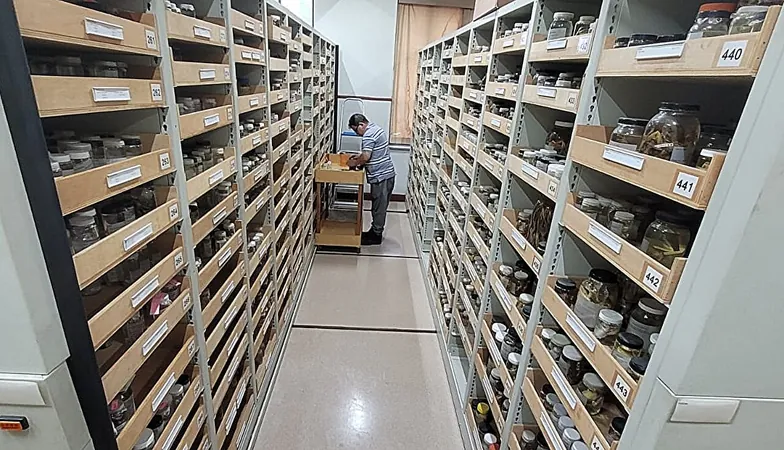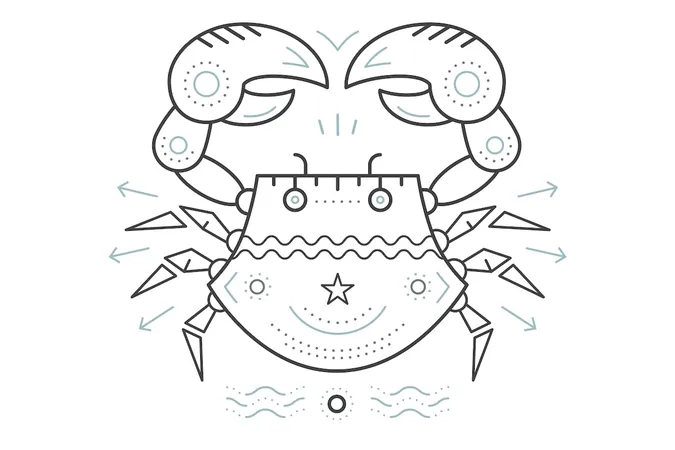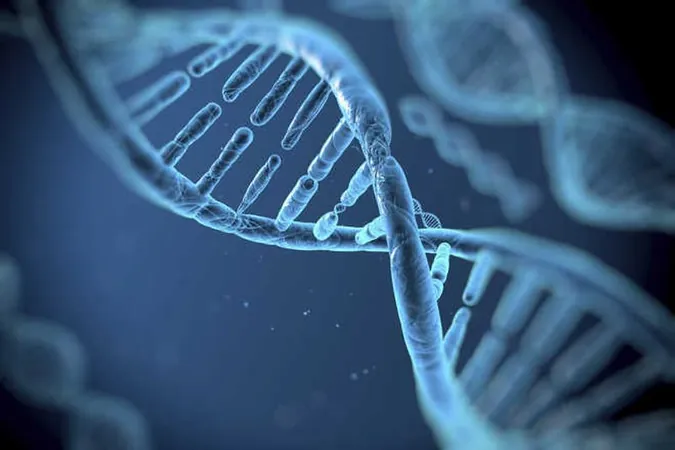
Unlocking the Secrets of the Past: How Museomics is Revitalizing Museum Collections
2025-06-16
Author: Benjamin
Museomics: A Game-Changer in Biodiversity Research
Picture this: In 1831, a young Charles Darwin set sail on the HMS Beagle, collecting invaluable specimens that would shape our understanding of evolution. Fast forward to today, and those very specimens are housed at the Natural History Museum in London, patiently waiting to unveil their secrets once more.
For years, many of these scientific collections have gathered dust, deemed irrelevant in the face of modern DNA sequencing techniques that prioritize fresh specimens. Yet, a revolutionary approach known as museomics is challenging this narrative, breathing new life into historical collections.
What is Museomics?
Museomics merges molecular biology, genomics, and bioinformatics to analyze specimens stored in museum collections. Taran Grant, a leading figure in this field from the University of São Paulo, describes it as the extraction and sequencing of degraded DNA from historical samples, paving the way for groundbreaking research in evolution, biodiversity, and conservation.
Speaking at the France-Brazil Museology Seminar, Grant highlighted how museomics revolutionizes our scientific endeavors. "We can now tap into genetic information from materials collected over a century ago," he noted.
Innovative Techniques Meet Historical Challenges
In the 1990s, Grant began his quest to extract DNA from dusty museum specimens but faced significant technological hurdles. Traditional methods demanded long, pristine DNA fragments, an almost impossible task with often-fragmented museum samples.
He explained, "DNA degradation is a byproduct of age and storage conditions, with moisture being a primary antagonist. Museums in warmer climates face more severe evaporation, compromising specimen preservation." But advancements in next-generation sequencing technology have opened the floodgates for working with the very DNA once thought lost.
A New Era of Biodiversity Studies
Yet, with progress comes complexity. The endogenous DNA found in these ancient samples is often minuscule, making contamination a significant threat. To combat this, researchers, including Grant, have established a clean room laboratory at the University of São Paulo—one of the first of its kind in Latin America dedicated to taxonomy studies.
"Thanks to FAPESP's backing, we can now bring the treasures of our natural history museums back into the spotlight," he remarked.
Unlocking Ancient Mysteries
With an estimated 3 billion specimens resting in museums worldwide, museomics unlocks their genetic potential for biodiversity research. Recently, a team led by Grant uncovered significant findings that redefined the classification of amphibians in the Atlantic Rainforest, identifying several previously unnoticed species and classifications.
"This breakthrough was impossible before; now we can connect past specimens with new genetic data, bridging knowledge gaps in taxonomy and conservation efforts," Grant explained.
A Bright Future for Museums and Conservation Policy
The implications of museomics stretch far beyond mere academic curiosity. Understanding species diversity is crucial for effective conservation strategies. Grant emphasized that without accurate species identification, there can be no meaningful conservation efforts. "The foundation of conservation lies in understanding biodiversity; without this, we risk losing invaluable species forever."
Today, museomics not only revitalizes the role of natural history museums but also poses key challenges regarding preservation and funding. "We must view specimens as vital sources of genetic data, prioritizing their conservation from the outset," Grant concluded.









 Brasil (PT)
Brasil (PT)
 Canada (EN)
Canada (EN)
 Chile (ES)
Chile (ES)
 Česko (CS)
Česko (CS)
 대한민국 (KO)
대한민국 (KO)
 España (ES)
España (ES)
 France (FR)
France (FR)
 Hong Kong (EN)
Hong Kong (EN)
 Italia (IT)
Italia (IT)
 日本 (JA)
日本 (JA)
 Magyarország (HU)
Magyarország (HU)
 Norge (NO)
Norge (NO)
 Polska (PL)
Polska (PL)
 Schweiz (DE)
Schweiz (DE)
 Singapore (EN)
Singapore (EN)
 Sverige (SV)
Sverige (SV)
 Suomi (FI)
Suomi (FI)
 Türkiye (TR)
Türkiye (TR)
 الإمارات العربية المتحدة (AR)
الإمارات العربية المتحدة (AR)